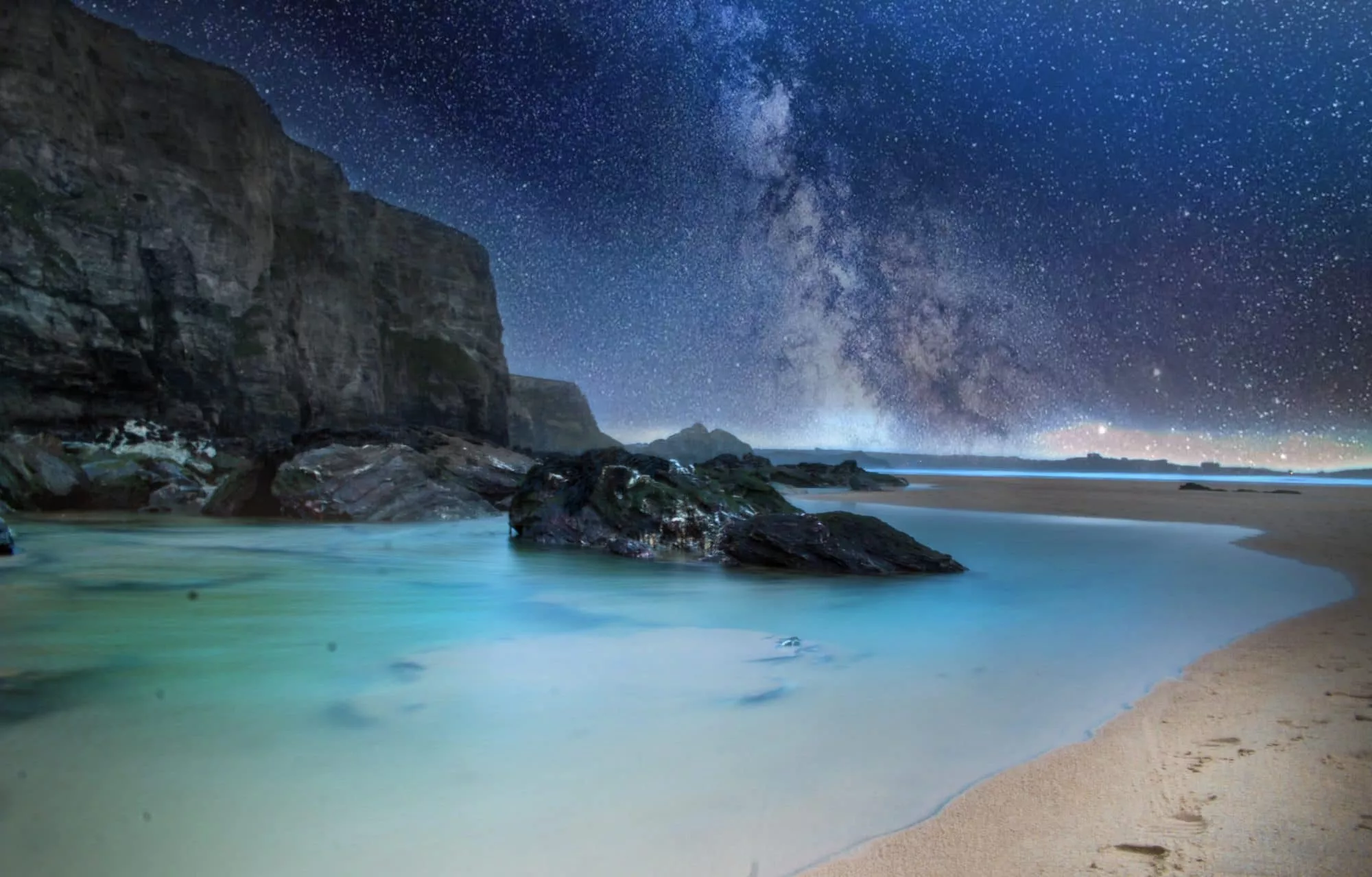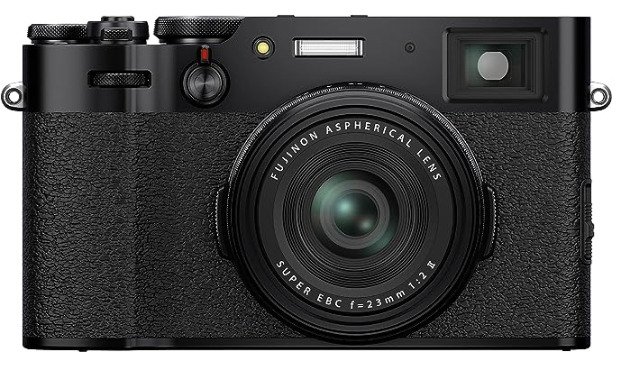After understanding how light behaves and how your camera captures it, everything turns out to be very clear (or at least less murky) when it comes to capturing an image. One of the most fascinating things you can do with manual exposure is night sky photography. It is somewhat similar to fishing, it is all about patience and enjoying the moment.
The sky has a lot to offer, and every single night is absolutely unique. Cameras allow us to capture our skies in ways that are impossible for us to see them with the naked eye. Today we are going to briefly walk you through what we consider to be the best gear for night sky photography, from camera to tripod, to lens and mobile apps.
You know that we are pretty objective when it comes to gear, and we like seeing it as a tool, and we want to keep it that way. Nevertheless, we are aware that there are certain tools within photography that work better for specific purposes, and night sky photography is one of them.
Without further ado, let's talk about some gear.
Best Camera for Night Sky Photography
Let’s start with the basics that pretty much any modern DSLR or Mirrorless camera developed since about 2013 (and some a lot earlier) is perfectly capable of getting you some solid night sky photographs – especially when combined with a wide f/2.8 or wider lens. In most cases, getting a good shot has more to do with knowing the 500 or 600 rules and knowing the basics of how to use a camera when shooting the milky way.
With that said, let’s look at the ideal gear. Stuff at the top of the line.
Nikon D850
These days, the Nikon D850 is perhaps the best camera for night sky photography (from star trails to auroras). We know that Sony has some really powerful cameras, but we've also given a lot of weight to weather resistance capabilities, battery life and sturdiness for this particular photographic genre.
Of course, this is a quite expensive camera now that mirrorless systems have appeared, but if you are thinking about becoming serious about night sky photography, then this camera will be a wise investment. Beyond its impressive specs, this camera is rock solid; something that is very much appreciated when doing serious outdoor photography for long periods of time, with freezing temperatures and heavy winds kicking in.
The D850 is also close to the top of the heap for the best overall DSLR available today for use in almost any genre of photography.

Best Lens for Night Sky Photography
Again, it should be stated that almost any fast, wide lens will get you acceptable photos of the night sky. On a good night, you will even get something on a f/3.5 kit lens if you know what you’re doing. But here, we want to talk about the best overall lens available for night sky shooting.
Ideally, besides being weather sealed, a lens used for this kind of photography should also be fast and have state of the art optical quality. Oh, in it has to be a wide-angle lens of course (unless you have something else in mind).
AF-S NIKKOR 14–24mm f/2.8G ED
Since we already picked the D850 as our best camera for sky photography at night time, we narrowed our search down to F mount-lenses. We picked this lens mainly due to its sharpness, color and contrast capabilities, but also for its build quality, which makes it absolutely trusty for the most demanding outdoor situations.
With this ultra-wide-angle lens you won't be needing anything else (at least lens-wise) for night sky shooting, just mount it and leave it there. If you find yourself changing it for a (let's say) telephoto-zoom lens, the weather sealing capabilities of the D850 will be very much appreciated under heavy weather circumstances (though this can obviously put the stops on shooting the stars).
Don't Forget These Photography Gadgets
Tripod
If you already understand light, you'll know that it is impossible for night sky photography to be done well without keeping your camera perfectly still for long periods of time. Ergo, you NEED a tripod.
It makes no sense to invest in such a magnificent camera that will allow you to capture night as you've never done before if you are using a poor quality tripod. You need a sturdy yet lightweight tripod because it will be very likely that you'll have to walk long distances in order to reach that sweet spot for your photograph to happen.
Manfrotto MT190GOC4TBUS 190 GO!
We picked this tripod as our favorite for sky night photography thanks to its weight capabilities (7 Kg, just the Nikon D850 with the aforementioned lens weight less than 2 Kg) even when being extremely lightweight (just 1.67 Kg when picked in Carbon Fiber). Manfrotto also has perhaps the best reputation among photographers too, so you know you’re getting a solid piece of kit.
Shutter Release
We'll leave this to you, but if you want to make sure that everything is shake-free, a shutter release will be a great final touch for your night sky photography set-up. Also important, remember to lock your mirror before shooting, that way you'll be sure that everything keeps nice and still. Shutter releases and this mirror locking practice are the details that make the difference of great night sky photography and regular imagery.
Apps for Night Sky Photography
Well, beyond detailed weather reports, you'll also probably want some help from mobile apps that have been built with a night sky photography mindset.
Light Pollution Map
Extremely beautiful night sky photography has a lot to do with light-pollution-free skies, so we've found this useful map for you to start your clear sky seeking journey.
The Photographer's Ephemeris
This has been a classic tool for the outdoorsy photographer for a long time and there is also a free web app for you to use. You can also download it for android and iOs.
Stellarium
This is a free planetarium for your computer, and of course, it renders a pretty realistic sky in 3D, just like if you were watching it through your the eyes (or with the aid of binoculars or a telescope). This could help you it to know where to scout when traveling long distances.
All in One Solution
If you want to have a single elegant solution, then PhotoPills is the app for you.
Last but not Least
Gear isn't everything. You also have to be able to know how to shoot, and when to shoot. We shared some really useful information about the 500 rule and the 600 rule in photography that you should know before attempting night sky photography. These rules are for those people that want to capture a crisp Milky Way and other astrophotography related subjects. They are used to avoid unintentional star trails.
As long as you are aware that night sky photography is complex, you'll find yourselves in need of planning, and that's when true amazing photography will start to bloom. Practice, and anticipate moments as well. Do some scouting, and find that sweet spot between your subject and your camera.
And most importantly, enjoy yourself.









1 Comment
I have several questions. I will be using Nikon D7200 with Tamron 18-400mm,
What meter mode is best – Matrix, Center Weighted, Spot
Should you shoot in Manuel Mode or Aperture Mode?
Great article. Lots of useful information.